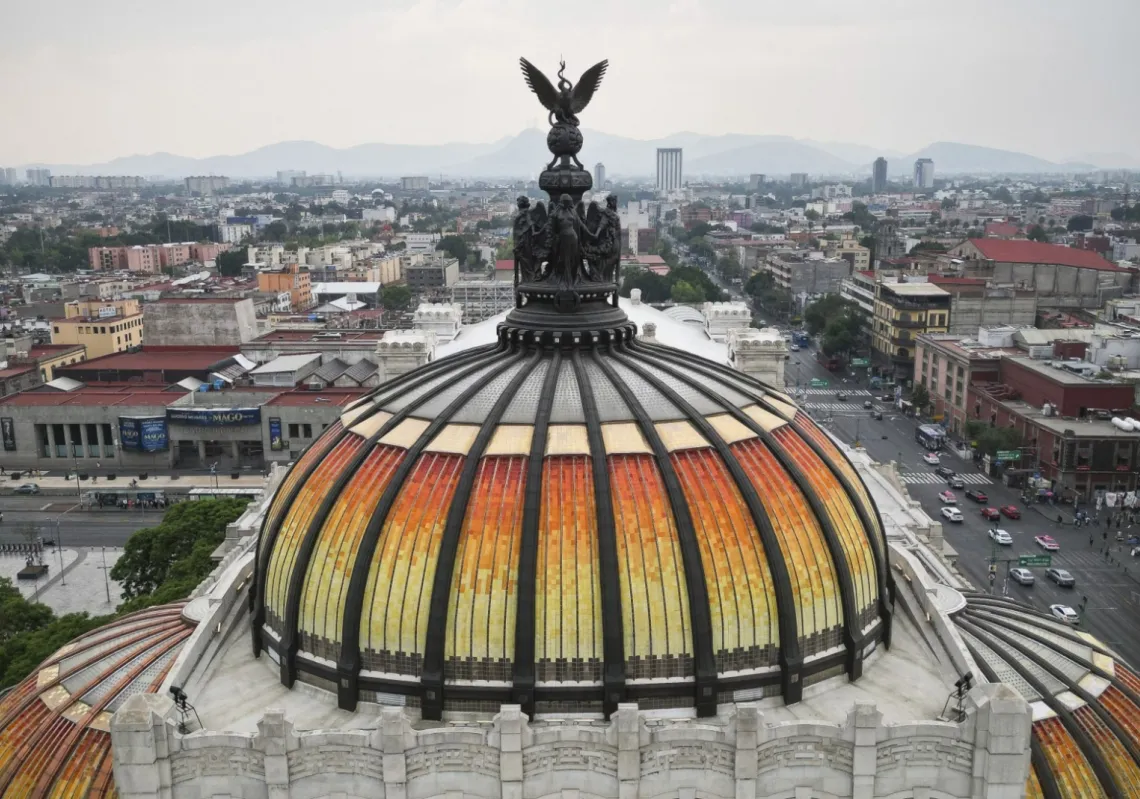Dam proliferation
Dams in Iran's northwest are suspected to be the main reason for 88% of Lake Urmia drying up. There are 57 dams in that part of the country. Similarly, the construction of 82 dams on the marshes of Lake Anzali has led to a decrease in the water level by one to two meters, causing the drying up of Lake Kaviani. The construction of six dams on its feeding water reservoirs and 14 dams on the Karkeh River has caused the river to dry up. There are plans to build 36 more dams on the river.
The construction of 40 dams on the Karun River has severed the main water artery of the province, which is now in drought. An additional 50 dams are planned to be built on the river. In the dry desert province of Sistan and Baluchestan – where there are only seasonal rivers – 23 dams have been built, and studies are underway for the construction of 25 more.
In the central desert regions, where only 10% to 12% of the country's water flows, there are over 200 dams already built or under construction.
Most of these dams are being constructed without sufficient expertise, adequate scientific and environmental research, and any study of their environmental impact. Many of the reservoirs behind the dams deteriorate rapidly, especially in hot areas. Their waters become spoiled, contaminated with sewage and the residue of chemical fertilisers. They breed mosquitoes and disease and give off foul odours, as at the Minab Dam in the south of the country.
And so why does Iran build these dams? Why does it persist in seeing them as a solution despite their failure, evident in the crisis's continuous and worsening state?
Revenue for the Revolutionary Guard
The answer relates to the economic arm of the Iranian Revolutionary Guard – the Khatam al-Anbiya Construction Headquarters – established by the order of the Supreme Leader, Ali Khamenei, after the end of the Iran-Iraq war and the beginning of the phase of reconstruction in the devastated areas.
It was entrusted with managing work in various fields, including energy supplies, oil and gas exports, dam construction, water extraction, road construction, and road paving. It quickly became the sole executor of all government construction projects and eventually gained control over all industrial sectors in the country.
And so, it is the organisation managing the economic activities of the Revolutionary Guard that is responsible for building the dams. These construction projects require massive budgets. They also need government and political support, which only the Revolutionary Guard can provide.

Building dams generates immense profits for the Revolutionary Guard, which is why there are almost 600 dams in Iran, with an equal number under construction, ranking the country third in dam construction worldwide.
















